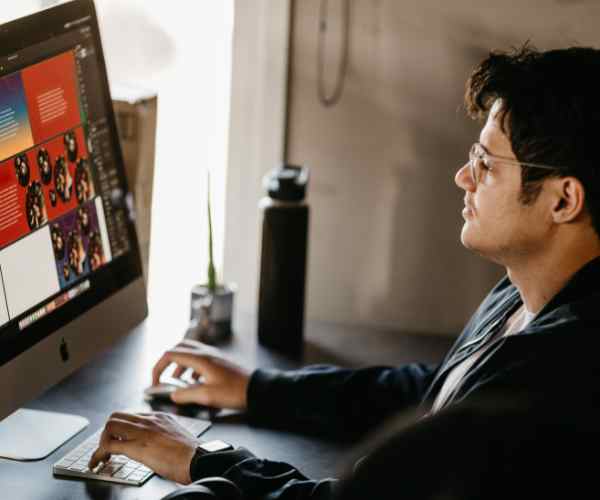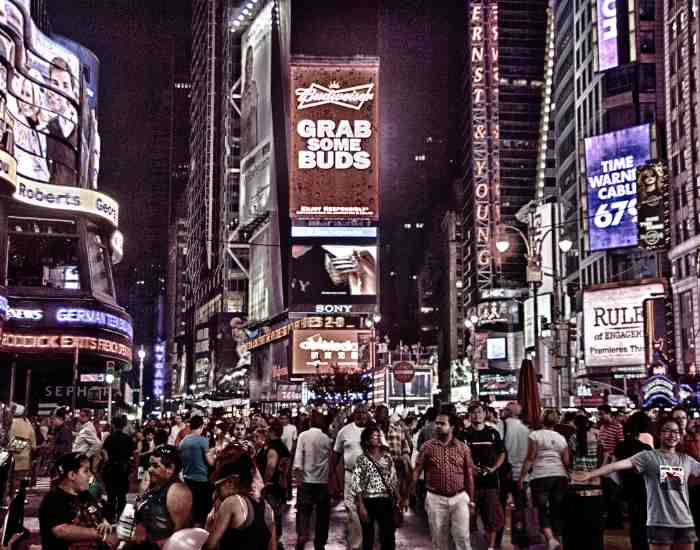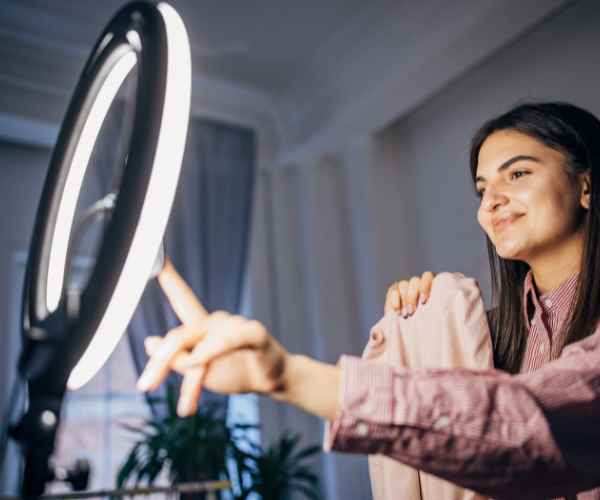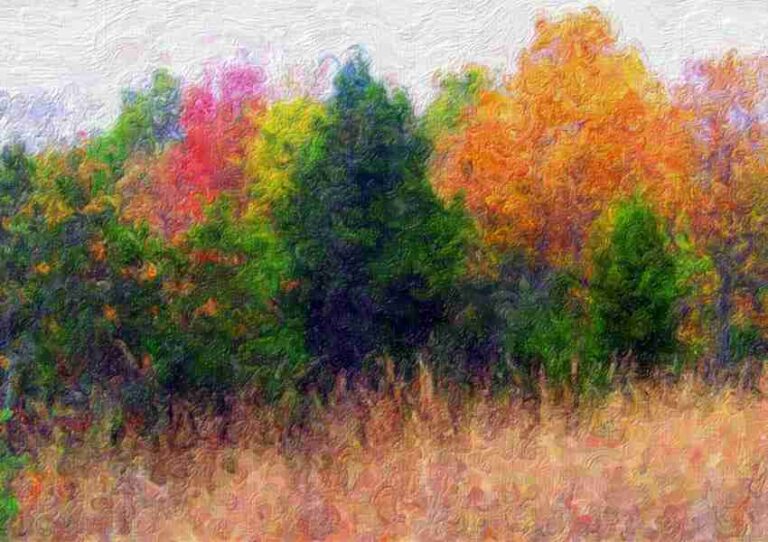The combine of painting and photography serves as an interesting intertwining of two forms of art that both have their separate history that spans centuries. Although both are separate in terms of approach and history, they are bound to influence one another greatly. Both the two mediums Fine art photography and painting on canvas possess their tools and their striking concepts, and within the visuals that exist, there is always tension and harmony.
In the past, painting was one art form among many, including color, brush, and different ways of portraying different things, scenarios and so on. In contrast, photography developed as a new style of documenting life, as it started in the new century which contained a set of tanks and a camera which helped take photographs through light and chemicals.
By knowing more about how these two disciplines coexist, we can better understand the progression of the culture of visual arts and the intention behind them. In this case, how fine art photography which employs painted elements, and how sometimes photographers work with canvass is taken into consideration. This intersection marks the point where art stands still, but at the same time, there is an endless gap communicating with each form of art.
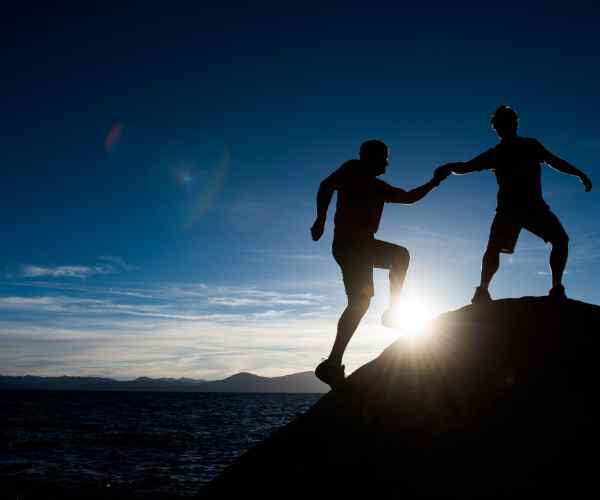
The Evolution of Artistic Techniques
The Emergence of Painting began in prehistoric times and was done primarily using Natural pigments and crude brushes. Ancient cultures utilized painting to record events in their history, depict their beliefs, and to seek aesthetically pleasing ideals. Four-dimensional movement in painting, social renaissance further integrates important concepts such as linear perspective and chiaroscuro that created a basis latitude in the representation of light in painting.
The practice of Photography emerged in the early nineteenth century with innovations like the daguerreotype and the calotype. Thanks to the new resources, it became possible to recreate real, complex and reliable images moving further away from the previously known senses of art. The rise of photography modernism offered different avenues of artistry, highlighting the camera as a tool for capturing real-life scenes and providing alternative means of visual portrayal.
The new technology of Photography got integrated into the processes of preparing and going painting sculptures. This resulted in rethinking, first, the very techniques of painting. Secondly, the place occupied by the narrative component of image art underwent changes. Photographic means revamping recreated moments, fine details of real-life scenes made painters reconsider how to depict space and emotions.
Cross-Influences Between Painting and Photography-Studies of Early Photographers’ Works
The first photographers borrowed from the already existing aspects of painting, developing techniques such as the use of composition, light and shadow to create an image worth seeing. For example, the pictorialist approach to photography aimed at achieving certain qualities exemplified by the paintings, and that was done by the use of soft focus and altered images.
Visual storytelling was used, amalgamating the two mediums, as a decisive aspect in the two worlds of paint and camera. Whereas photographers traditionally did not use their medium to create emotions, they have begun doing so, in a similar tradition to painters. Ultimately, this combination resulted in the emergence of conceptual art that is often a mixture of photography and painting in order to generate fresh types of works.
Merging Twist Techniques and Styles of the Two Genres
Composition as one of the elements ascribed to both painting and photography is instrumental. The rule of thirds, leading lines, and space and light manipulation are essential not only in photography but also in painting. Still, the relation of a camera to a vanishing point, once again imported from painting, is supposed to coincide perspective and direct viewers eye within the image more efficiently.
Light and shadow are also another technique they share. For centuries, painters have used chiaroscuro to add emphasis and drama to their works, while photographers apply other techniques to set the atmosphere and draw attention to certain aspects of the shot.
Pioneering movements in art
The impressionistic movement which started in the genre of painting has considerably influenced fine art photography as well. Impressionist painters like Claude Monet put emphasis on attempts to reflect the influence of light and the changes and the development of such qualities in a picture, and later, more and more photographed images were centered around these attributes.
Present-day movements still link ideas with camera techniques. They combine them in such a way as to portray a game between these two arts, as painting and photography still exist today. With the aid of the computer, these artists began working in new and exciting ways, developing modern mixed media that goes beyond traditional boundaries of the art world.
Case Studies of Artists Blending Painting and Photography
How Man Ray has affected us
Man Ray, an iconic figure in art history, was among the first to merge photography with painting who was active in the early twentieth century. Artwork of this period served to illustrate the interrelation of the two forms of art, and Man Ray’s work was such as . Man ray got experimental with his techniques, specifically rayographs (photograms done without using a camera) and solarization, which pushed the boundaries of art by integrating painting with photography. His method had a great impact on the Dada and Surrealism trends, indicating that the vision of an artist goes beyond their natural limits. An interesting example is his `Le Violon d’Ingres’ (1924), which was dressed up in its outer layer as visual storytelling by combining some of the elements of a painted viola with a photographic portrait of an artist.
The legacy of Edward Weston
Edward Weston greatly influenced weak the boundaries set by painting as well. Apart from being an outstanding photographer particularly in still life, Weston was also incorporated several approaches in paintings. This was evidenced by the growing amount of work done by painters seeking to echo Weston’s vision. Integrating modern sculpture and architecture into canvas photography was a crucial step as Weston’s work did not solely revolve around natural forms and light. It also embodied the direction modern canvas painting was heading towards. Weston’s photography on still life raised artistry of photographic still life subjects accentuating the boundaries of images shot with a camera and painted ones.
Contemporary Doctors Integrating Photography and Painting
The Interplay between painting and photography has been embraced by many contemporary artists leading to the infusion of various forms of artistic expression. Jeff Wall and Cindy Sherman, for example, create photographs that, when composition and subject matter are considered, are seemingly paintings. Wall has also produced conceptual artworks such as “Dead Troops Talk” (1992) which are painterly in essence but photographically realistic in their portrayal.
In Sherman’s particularly enjoyed series, ‘Untitled Film Stills’ from 1977 to 1988, she merges photography with painting beautifully to produce self-portraits that showcase fine stage costume detailing. This once again exemplifies how modern artists can harness both mediums for multi-dimensional narratives.
The Intersection of Online Media and Art
When combined, painting and photography can give artists a revolutionary approach, all thanks to the internet. The advent of devices like the digital tablet and photo editing applications has lifted many barriers that once existed, enabling artists to merge mediums with ease. Using Adobe Photoshop as an illustration, complex photographic images morph into mixed-media artworks with painted textures and brushstrokes such as nipot and nipot daוהים digital. The fusing of art with technology and online platforms gives creatives a whole new avenue to explore; the boundaries of traditional methods are erased.
Practical Tips for Artists Getting Started with Photography and Painting
If you are an artist who wishes to combine photography and painting, there are a few techniques you can use to get the desirable effect. You can use a mixed media approach – both traditional and digital. For example, an artist can work their way from a photograph to a painted image where the texture and depth is artificially enhanced. When utilizing collage techniques, photos together with painted images can significantly enhance the underlying narrative of the visual.
For painted images and photographs to work together, certain layering techniques can be utilized. These may include opacity, blending modes, and filters. Strategically composed visuals and effective color theory provide a guarantee that such mediums serve a common goal.
The Role of Photography in Enhancing Digital Artistry Techniques
Digital tools have transformed the creation of paintings together with photographs. There are many photo editing apps, one of which is Adobe photoshop, which allows for the application of layering, masking and brush tools, making taking control over images much easier. These tools allow for the incorporation of painted textures over photographic images enabling sophisticated artistic expressions.
Merging painting with photography is now effortlessly achievable due to the ability to create 3d virtual reality environments using technology. Interactive environments can be built by artists using software like Blender that adds an entirely new dimension to their work.</br> </br> The Impact of Technology Upon Artistic Vision</br> </br> Artists painting can take advantage of technology, allowing the possibilities of creating new pieces of art to be forever expanded. Digital cameras and high definition monitors, along with photo editing software, make it possible for the artist to do a lot of mixed-media experimentation. The sophisticated strides made by technology gives artists the resources to investigate previously unexplored areas of their artistic vision, challenging the imagination behind what painting and photography can accomplish. This transformation illustrates how these two mediums are in an ongoing dialogue to strive at redefining contemporary art.
FAQs
Painting vs Photography – What’s the main difference?
First off, the most distinct difference between painting and photography actually has to do with their means of creation, and also representation. A paint artist creates an image by layering pigments onto a medium, such as canvas. This skill is said to consist of brushstrokes, textures, and color to express how they feel about or what the subject is. On the other hand, photography uses a camera to make images as it incorporates light to film or digital sensors. These images are called photographs, essentially direct derivatives of reality. Although photographs can be altered by using photo manipulation software, both mediums are known to have the same content, however, through different techniques and results.
In what way did the genre of photography affect the existing painting techniques?
The impact of photography on the painting techniques has been tremendous in many aspects. When photography came into being in the 19th century, it made it easy for the artists to analyze the composition, the light and the shadows. The camera made it possible to accurately depict details, which prompted the development of different painting styles. For instance, the Impressionists, such as Claude Monet and Edouard Manet, were influenced by photographic techniques such as the use of the vanishing point and framing, which affected how they used color and brushstroke techniques when trying to depict transient light effects. The combination of these strategies resulted in an even greater comprehension of visual storytelling.
Is it possible for an artist to combine the two mediums of painting and photography?
Through various mixed-media techniques today’s artists are able to paint and incorporate photography into their work. Integrating painted pieces within photographs helps an artist in narrating a story through visuals. Collage, digital manipulation, and layering, for example, allow the combination of both works, resulting in works that take advantage of both forms. For example, the artist may first take a photo, and then paint over it to add dimension and detail. These developments in both photo-enhancing tools and computer applications have allowed for this mixture of mediums and made for more innovative interpretations. More so, these tools and software assist in refining an artist’s overall vision.
Cindy Sherman’s “Untitled Film Stills” (1977-1980.): she adopts a staged photography that tells a story similar to painted portraits and comments on identity and graphical representation.
Man Ray’s “Le Violon d’Ingres” (1924).: It features a painted landscape with a photographic portrait placed in the center, doing justice in creating a bridge between the two mediums.
Jeff Wall’s “Dead Troops Talk” (1992): Jeff Wall combines photography and graphic art to produce a powerful image that has the feel of a painting due to its composition and narrative.
Conclusion
The joining of the two worlds of painting and photography therefore has everything the canvas has to offer and more. Both disciplines, while differing in their styles and forms, are interdependent and serve as sources of inspiration for one another. First, photography came as an area of influence to painters, but painters, in turn, were able to feed photographers new ideas in terms of images. The language of these artistic disciplines has inbuilt variables which constantly expand the matrix of creativity and lead to fresh ideas and new forms of presentation.
In example, the blend of canvas and a camera implies both, style and freedom of expression, and as such there are no limits to what can be achieved. Since the need to constantly create and experiment with new mixed media and new tools is extremely relevant, so much can happen in the future of this intersection.
If readers were encouraged to try the combination of painting and photography in their artworks, the results could be astonishing. Then artworks could be created through either classical or modern trendy digital techniques allowing artist the perspective for a wide range of creative opportunities as the combination of these art forms permits.
More Post

